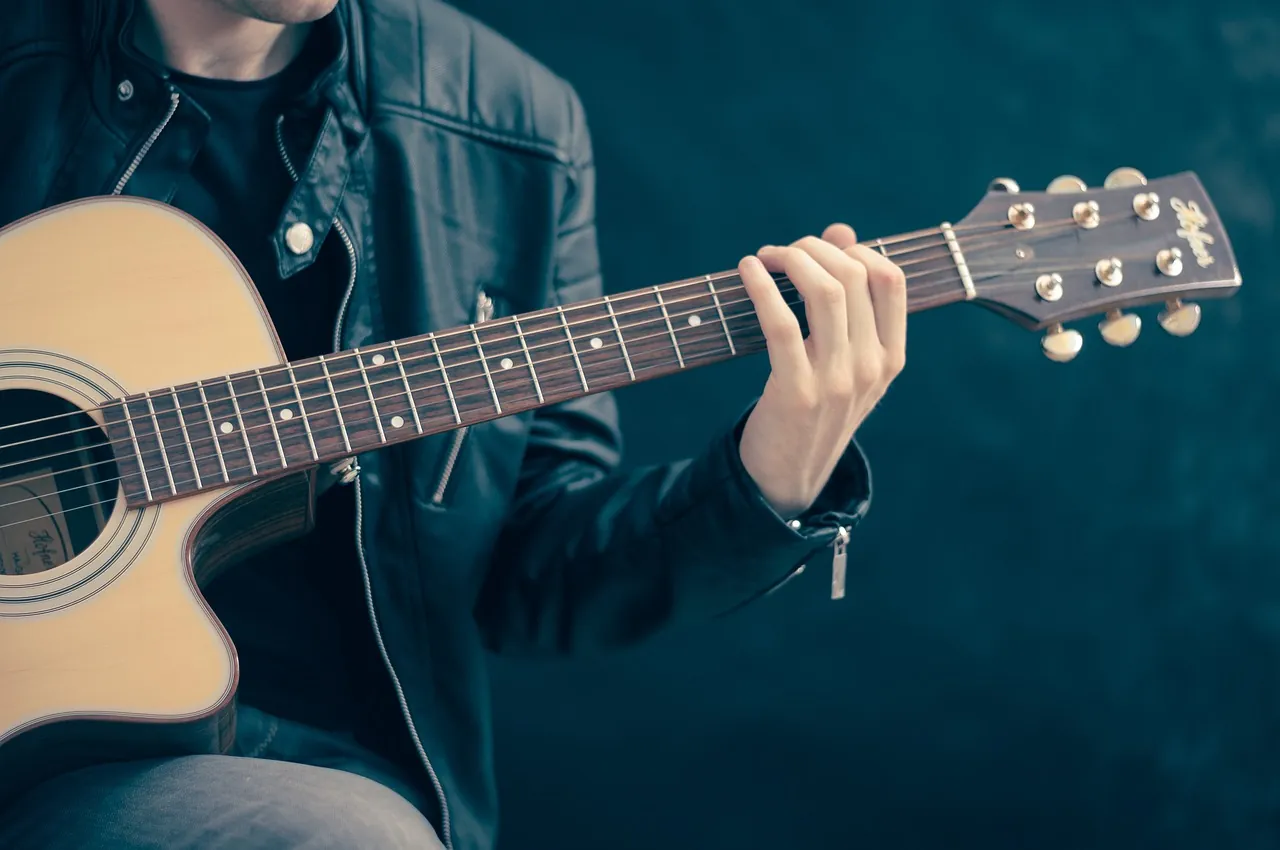Navigating Baroque Pop's Popularity in the Current Music Scene

The Resurgence of Baroque Pop: A Historical Perspective
Baroque pop, characterized by its fusion of rock music with elements of classical music, primarily from the Baroque period, originally emerged in the mid-1960s. Artists like The Beach Boys and The Beatles pioneered this genre, introducing orchestral sounds into pop music. However, after its initial success, baroque pop faded into the background as other genres took center stage. Today, we are witnessing a revival, with contemporary bands seamlessly integrating these classical elements with modern sounds.

Contemporary Revival: Why Now?
Several factors contribute to the renewed interest in baroque pop. First, there's a growing appetite for nostalgia and retro sounds among music enthusiasts. Additionally, technological advancements allow artists to experiment with a wider array of sounds without needing a full orchestra at their disposal. Digital audio workstations (DAWs) like Logic Pro and Ableton Live provide musicians the tools to incorporate intricate arrangements reminiscent of baroque compositions.
Influence of Streaming Platforms
Streaming services like Spotify and Apple Music have facilitated the discovery of niche genres, allowing baroque pop to reach new audiences worldwide. Curated playlists dedicated to vintage sounds and eclectic mixes often feature tracks by modern baroque pop artists, thus enhancing their visibility.
Case Study: Foxygen
Foxygen is an excellent example of a band that has successfully revived baroque pop elements in their music. With albums like We Are the 21st Century Ambassadors of Peace & Magic, they blend psychedelic rock with lush, orchestral textures. Their creative process often involves incorporating classic instruments like strings and harpsichords, producing a sound that's both nostalgic and innovative.
- Inspiration: Foxygen draws heavily from the past, citing influences from iconic artists such as David Bowie and The Kinks.
- Production Techniques: Utilizing both analog and digital recording techniques, they manage to create rich soundscapes that capture the essence of vintage recordings while utilizing modern production clarity.
Practical Tips for Aspiring Baroque Pop Artists
- Experiment with Classical Instruments: Incorporate strings, brass, and woodwinds into your arrangements. This can be done through real instrument recordings or high-quality digital samples.
- Blend Analog and Digital: Use analog synths alongside traditional orchestral instruments to create a unique sound palette.
- Study Classical Compositions: Understanding classical composition techniques can help in crafting complex arrangements that define baroque pop.
Case Study: The Decemberists
The Decemberists have been another torchbearer for modern baroque pop. Known for their narrative-driven lyrics and theatrical performances, their music often includes lush orchestration reminiscent of the baroque era. Albums like The Hazards of Love showcase their ability to weave elaborate stories through intricate musical arrangements.
- Narrative Focus: Much like classical opera, The Decemberists focus on storytelling, which is enhanced by their complex musical arrangements.
- Collaborative Approach: Collaborating with orchestras and other musicians allows them to expand their sonic possibilities.
The Recording Process: Integrating Baroque Elements
Recording baroque pop music involves specific processes that merge old and new. Here's a brief workflow:
- Pre-Production Planning: Decide on the songs that will benefit from orchestral elements. Plan arrangements keeping both live and digital instrumentation in mind.
- Orchestration: Work with an arranger or use software to create scores for string sections or other orchestral parts. Consider recording these separately or using MIDI for flexibility.
- Recording Session: Track core instruments (guitar, bass, drums) before layering orchestral elements. Use a mix of microphones to capture the depth and dynamics of live instruments.
- Mixing and Mastering: Balance the mix so that the classical elements complement rather than overpower the rock components. Mastering should ensure all elements are cohesive and polished.
The Future of Baroque Pop
The resurgence of baroque pop signifies a broader trend where genres are no longer confined by historical boundaries. As artists continue to explore new sonic landscapes, baroque pop offers a rich canvas for innovation. With each new release, there is potential to introduce this classic-meets-modern genre to fresh audiences, ensuring its continued evolution in the music industry.
 TrendLayer
TrendLayer